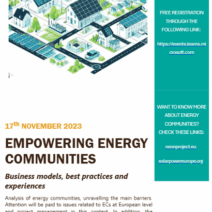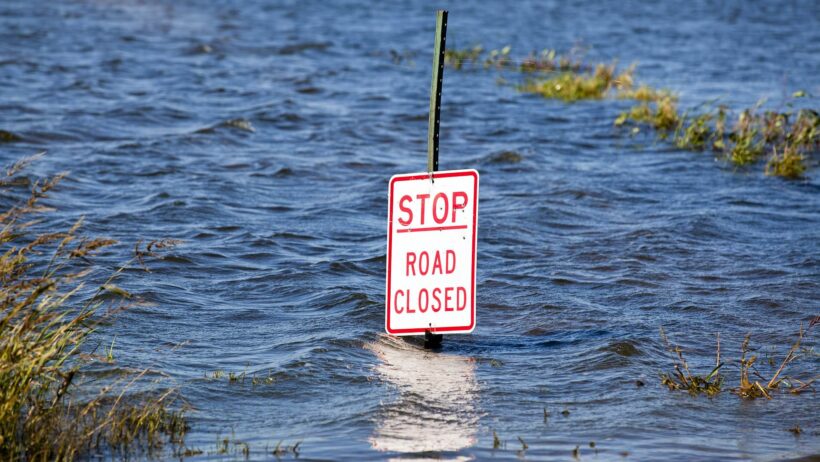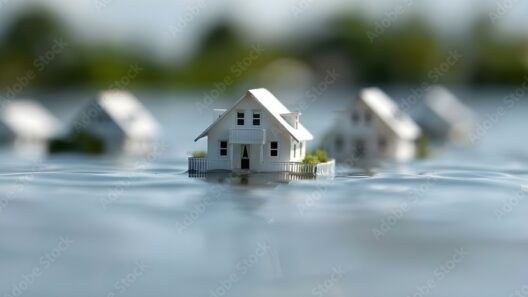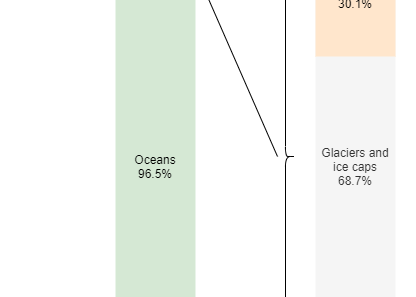As we watch the tides flow, a pressing question emerges: How can humanity stave off the unrelenting advance of rising sea levels? This query goes beyond mere speculation; it beckons us to explore actionable measures that can mitigate the impact of our escalating oceans. With millions living in coastal areas, the stakes are undeniably high. The effects of climate change have set the stage for this global dilemma, but therein lies a tantalizing challenge: What inventive strategies can we forge to combat this phenomenon?
To grapple with rising sea levels, we must first understand the implications that accompany this environmental crisis. Coastal regions are not only susceptible to inundation but also face an array of ecological and socio-economic challenges. From eroded shorelines to loss of habitat, these changes reverberate through ecosystems and communities alike. Consequently, our approach to addressing sea-level rise must be multifaceted, targeting the underlying drivers while fortifying the resilience of our coastal zones. Let’s delve into the plethora of measures we can implement to confront this pressing issue.
The Power of Coastal Restoration
One of the most profound strategies to combat rising sea levels is coastal restoration. Rehabilitating tidal wetlands, mangroves, and marshes functions as a natural barrier against storm surges and high tides. These ecosystems act as sponges, absorbing excess water while providing vital habitats for wildlife. In essence, they are our first line of defense. Projects that enhance these natural buffers can significantly reduce the impact of wave energy on shorelines.
Yet, the restoration process is intricate and often requires the coordination of various stakeholders, including local governments, environmental groups, and community members. This is where community involvement becomes pivotal. Engaging citizens in restoration initiatives not only fosters a culture of stewardship but encapsulates the collective wisdom and skills of those who intimately understand their local environments.
Innovative Urban Planning
In parallel with restoration efforts, innovative urban planning holds great promise in mitigating the risks posed by rising seas. Acknowledging the inevitability of climate-induced challenges, urban planners are reimagining coastal cities through resilient design. This includes elevating infrastructure, redesigning drainage systems, and incorporating green spaces that absorb rainwater.
Consider a playful yet crucial question: What if our cities could float? Floating architecture is no longer a mere dream but a reality in some parts of the world. These structures offer a cutting-edge solution that allows communities to adapt to changing sea levels without being uprooted. By integrating sustainable materials and technologies, such architectural innovations can enhance resilience while minimizing environmental footprints.
Moreover, investing in comprehensive climate adaptation strategies can empower communities to proactively address future changes. Conducting vulnerability assessments and developing climate action plans allows for a tailored approach that considers local nuances and priorities. This forward-thinking perspective is vital as it helps mitigate the risks before they escalate into crises.
Legislative Action and Policy Frameworks
While individual and community efforts are indispensable, legislative action plays a crucial role in shaping the broader framework necessary for effective sea-level mitigation. Governments can implement policies that incentivize sustainable practices, such as tax breaks for green building initiatives or funding for coastal restoration projects. Furthermore, robust land-use policies can restrict development in vulnerable zones, thereby reducing the potential for future disasters.
International cooperation also emerges as a fundamental necessity in the battle against climate change and rising sea levels. Global frameworks, such as the Paris Agreement, emphasize the importance of collective action. Furthermore, financial mechanisms can support developing countries that are disproportionately affected by the consequences of climate change. Capacity building and technology transfer empower nations to adapt and thrive in the face of maritime uncertainties.
Educating Future Generations
If we are to create sustainable solutions, education is paramount. Raising awareness and fostering environmental literacy among young people can cultivate a generation of advocates and innovators. Implementing environmental education in schools can imbue students with the knowledge needed to understand and confront climate-related challenges.
Consider integrating interactive learning opportunities, such as community-based projects, into educational curricula. The hands-on experience of stewarding local ecosystems instills a sense of responsibility and connection. As students engage with their environment, they contribute to broader efforts aimed at mitigating climate impact.
A Bright Horizon: Towards Sustainable Solutions
Confronting the reality of rising sea levels is undoubtedly daunting. However, it also invites creativity and ingenuity. From coastal restoration and innovative urban planning to legislative action and educational initiatives, a myriad of strategies exists at our disposal. Each of us can play a role, whether as individuals, community members, or leaders. The challenge is formidable, but when empowered by collective action, we stand a fighting chance against the tides of uncertainty.
Let us harness this pivotal moment in history to craft a resilient future. After all, the question remains: What will we choose to do in the face of rising seas? In unity, we can cultivate innovative solutions that not only protect our coastlines but also enrich the fabric of our communities.








